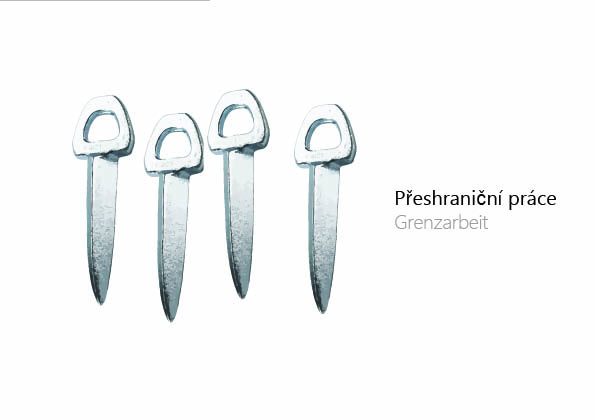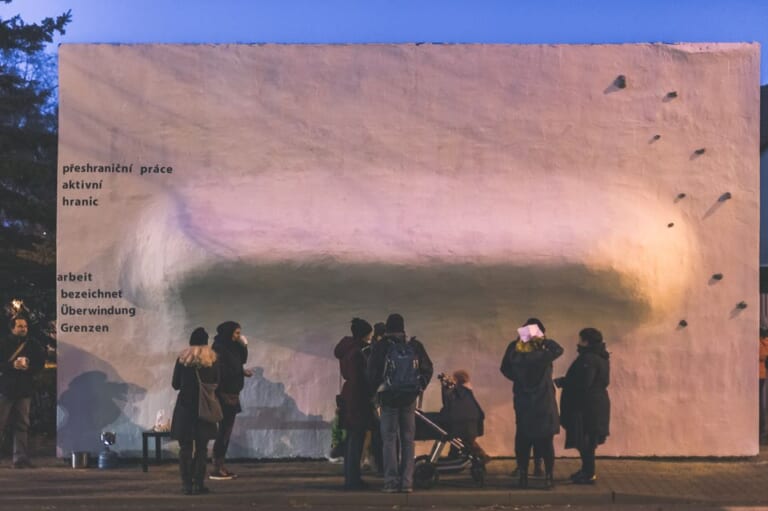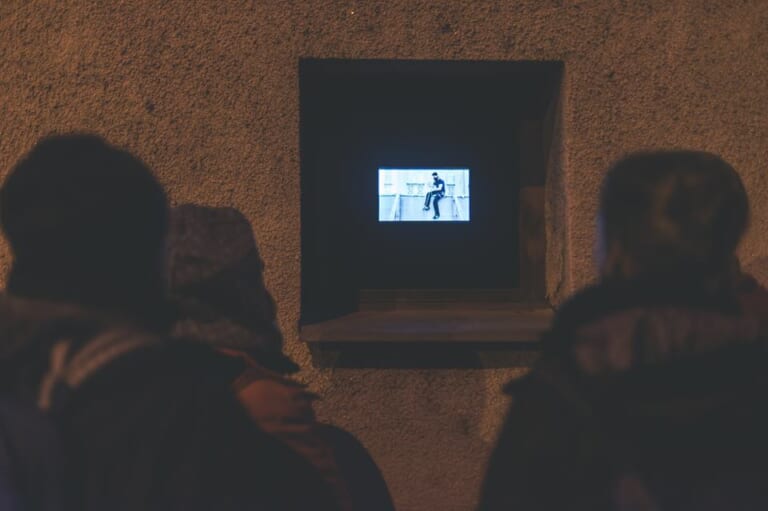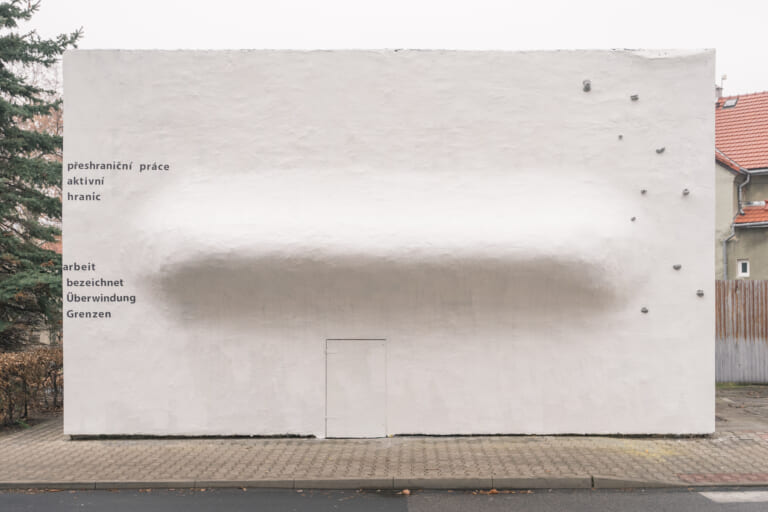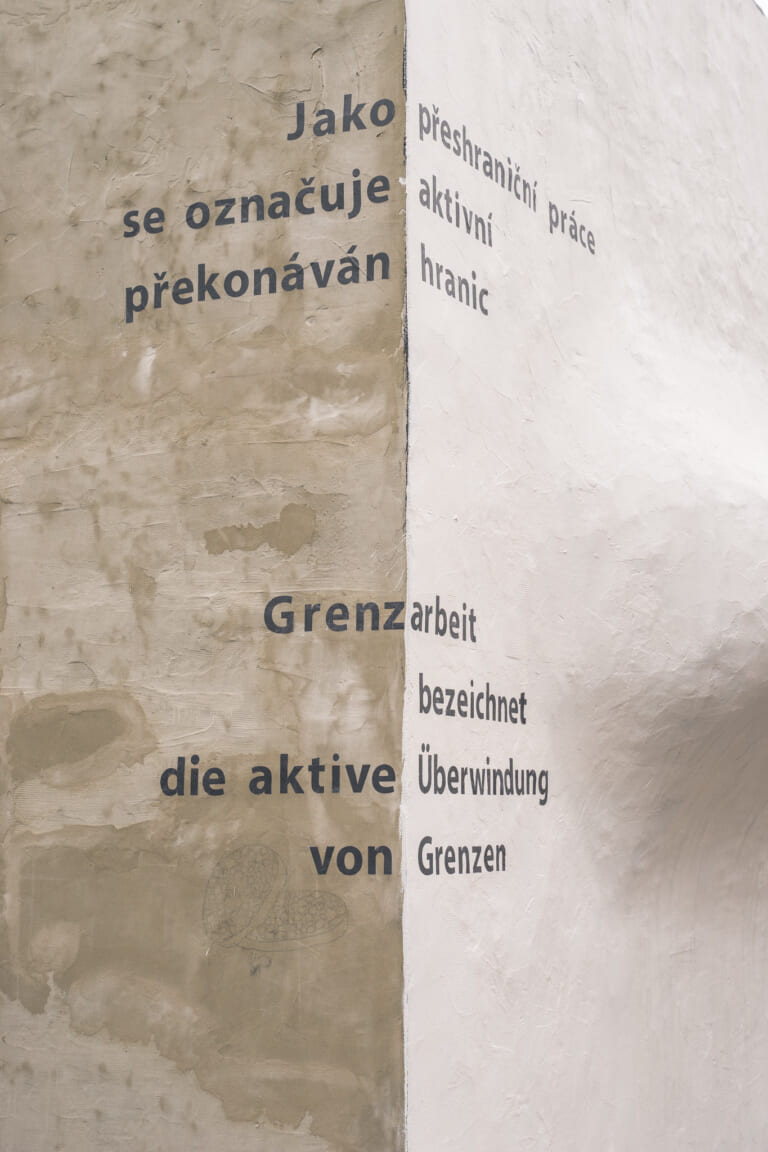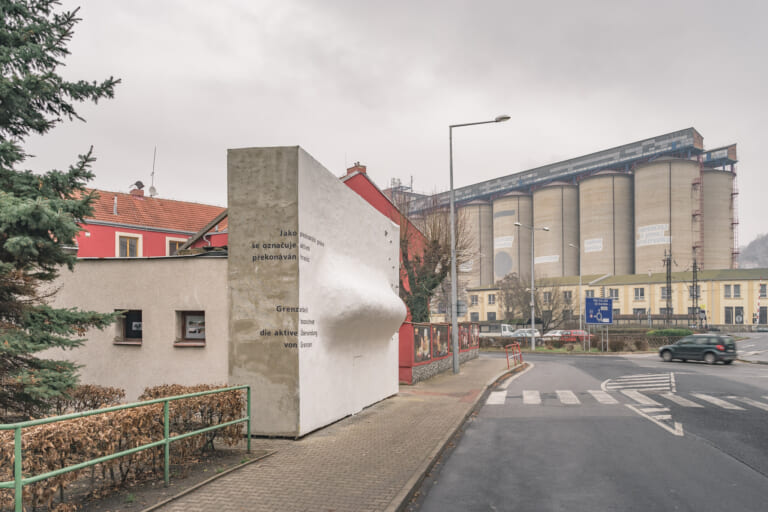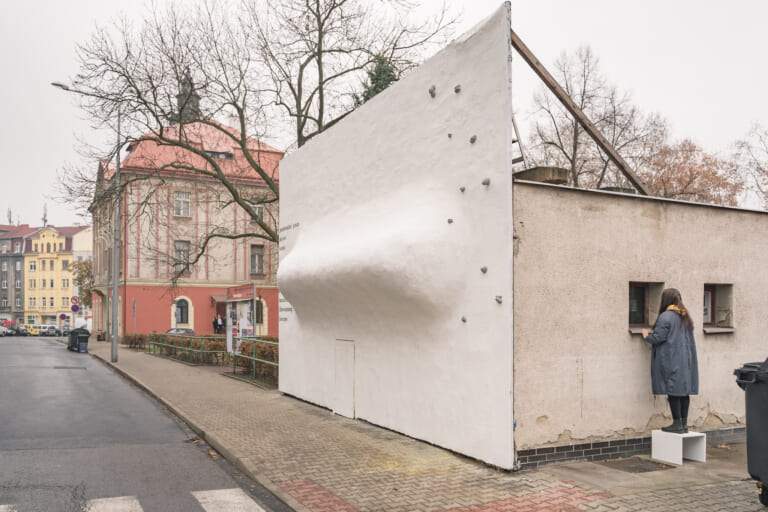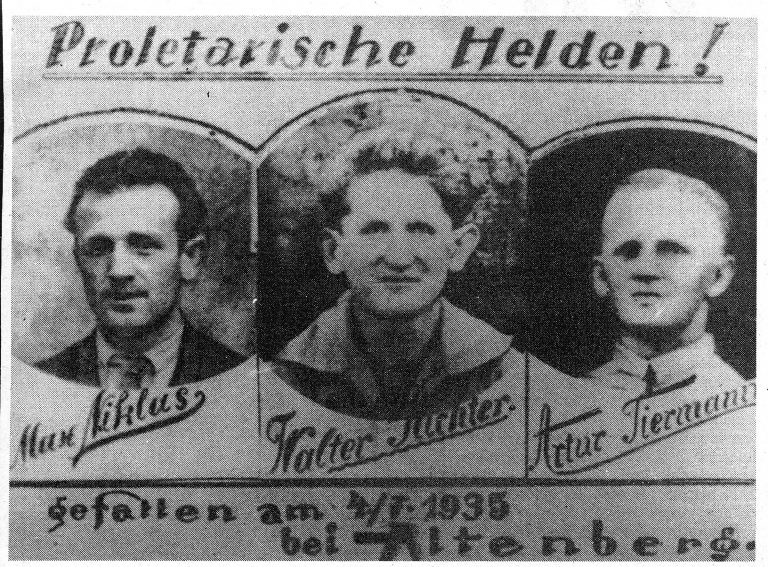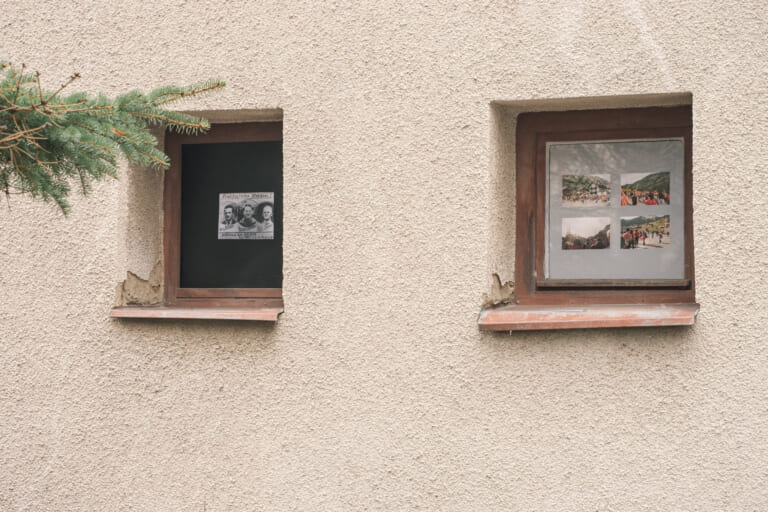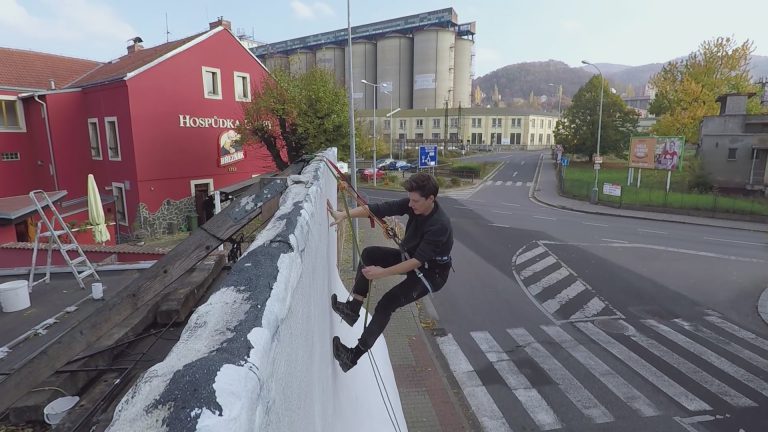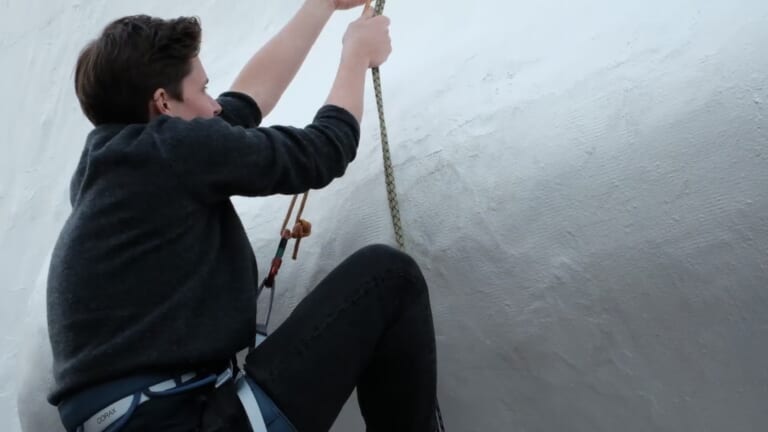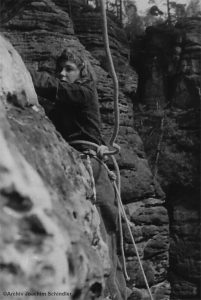THE MUSEUM FOR OVERCOMING BORDERS
DESKA Gallery, Usti nad Labem
Jako přeshraniční práce se označuje aktivní překonávání hranic. Ve třicátých letech minulého století překračovali lidé s nasazením svého života německo-českou hranici, aby jedním směrem pronášeli politické spisy a aby doprovodili emigranty/emigrantky ve směru druhém. Antifašistický odboj se organizoval podle politických přesvědčení a nezastavil se ani před jazykovými a občanskými rozdíly. V horách mezi Itálií a Francií i dnes ilegalizovaní lidé, podporovaní či nepodporovaní, procházejí s velkými riziky hraničním prostorem.
Grenzarbeit describes the active overcoming of borders. In the 1930s, people passed through the czech-german border, risking their lives to bring political documents to Germany and to help emigrants to escape from the country. The antifascist resistance was organised along political convictions and didn’t stop at differences of language or nationality. In the mountains between Italy and France, illegalised people have to pass border areas by foot even today – with or without support, this is a highly dangerous operation.
Thanks to Michaela Spruzinova, Wolf Meyer, Joachim Schindler, Petr Karlíček, Irina Kulikova.
____WHAT IS IT ALL ABOUT? [easy access] In the 1930s there was fascism in Germany. There is a mountain region between Germany and the Czech Republic. At that time, courageous people were active in this mountain region to enable persecuted people to escape or to bring political magazines to Germany. They called this border work. Even today, people still flee across borders, for example between Italy and France. In the border town of Usti nad Labem, Irène Mélix told stories of people who crossed borders then or now in a cottage with old documents, photos and a film.____
